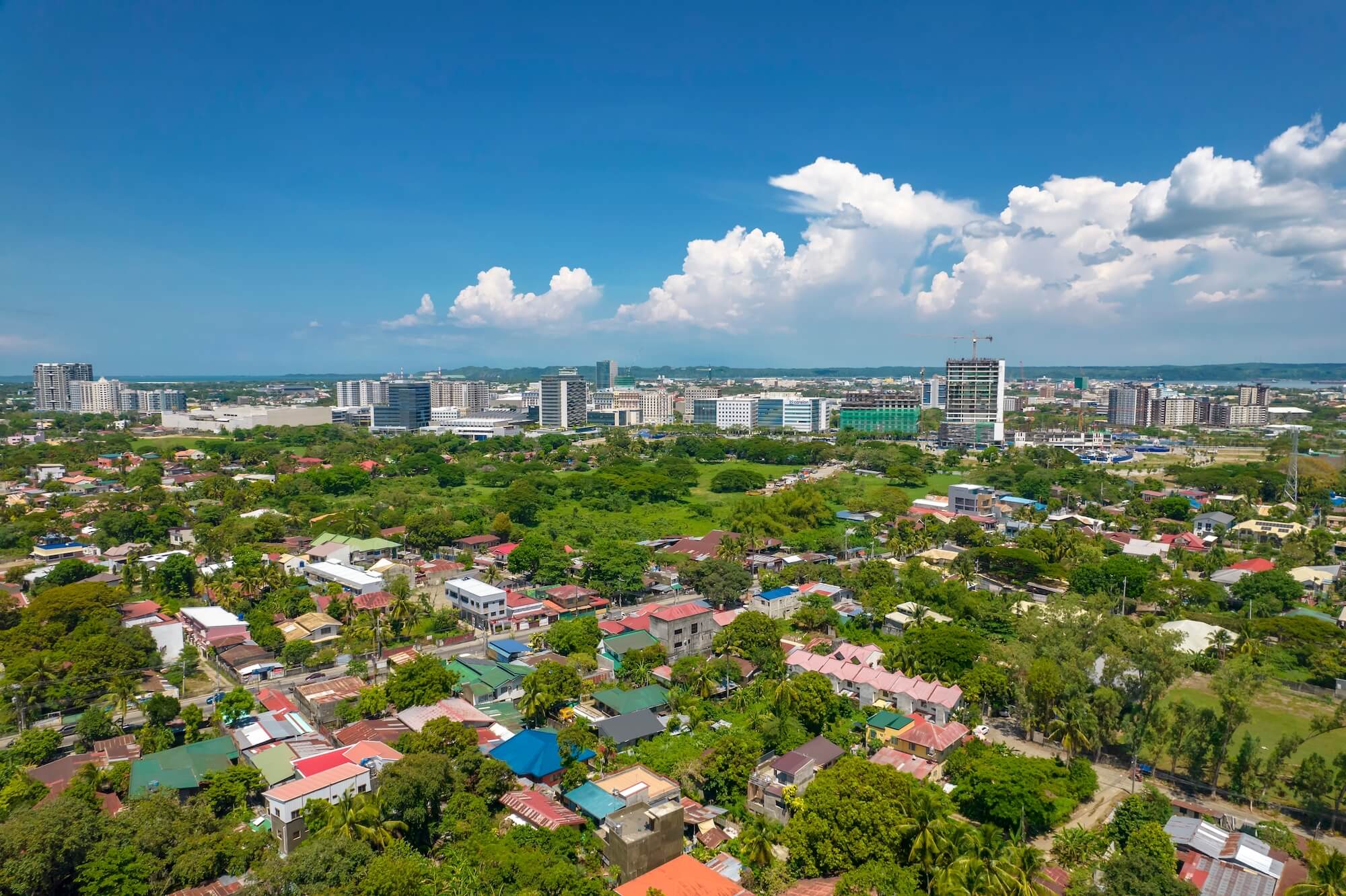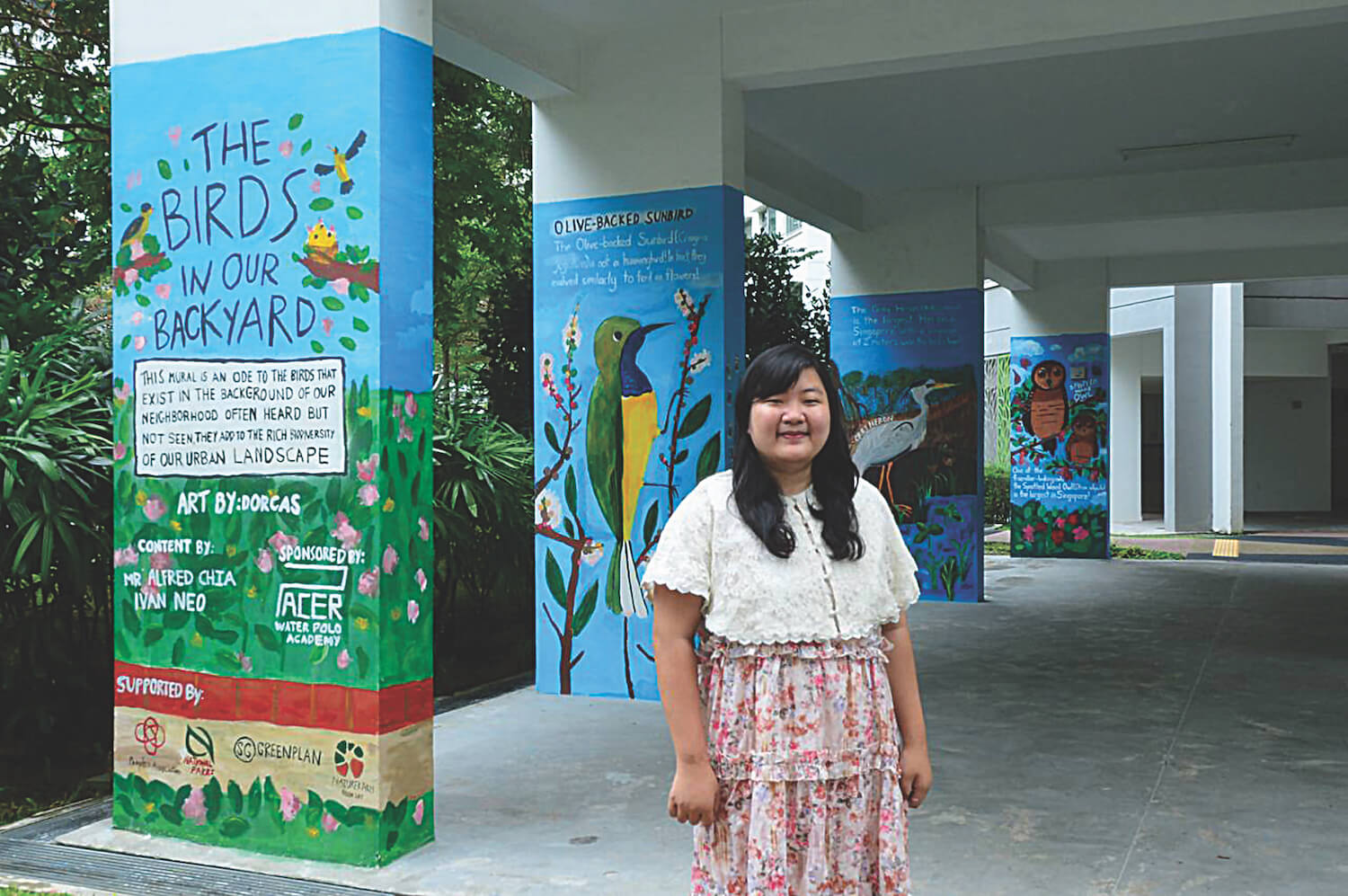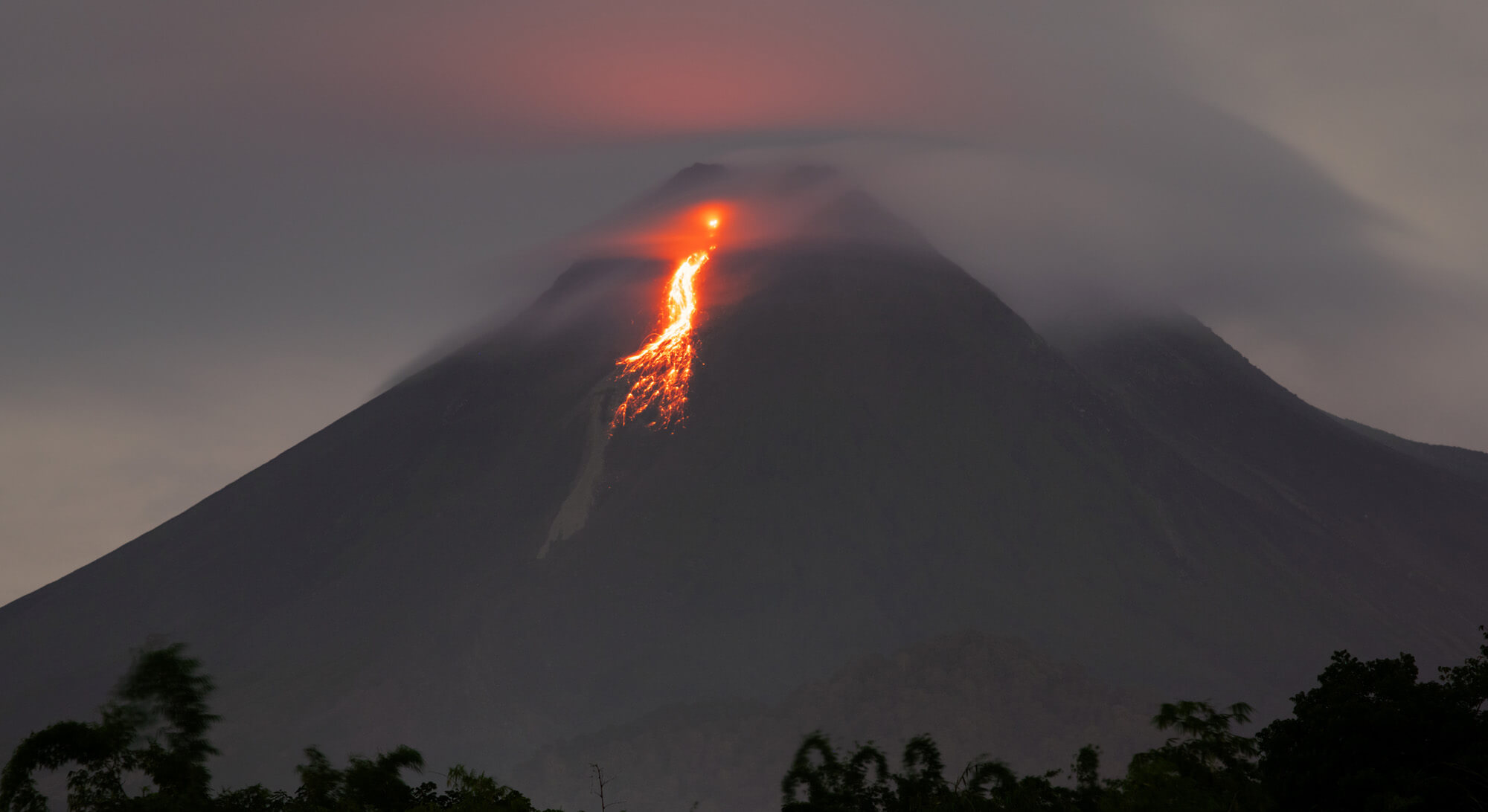
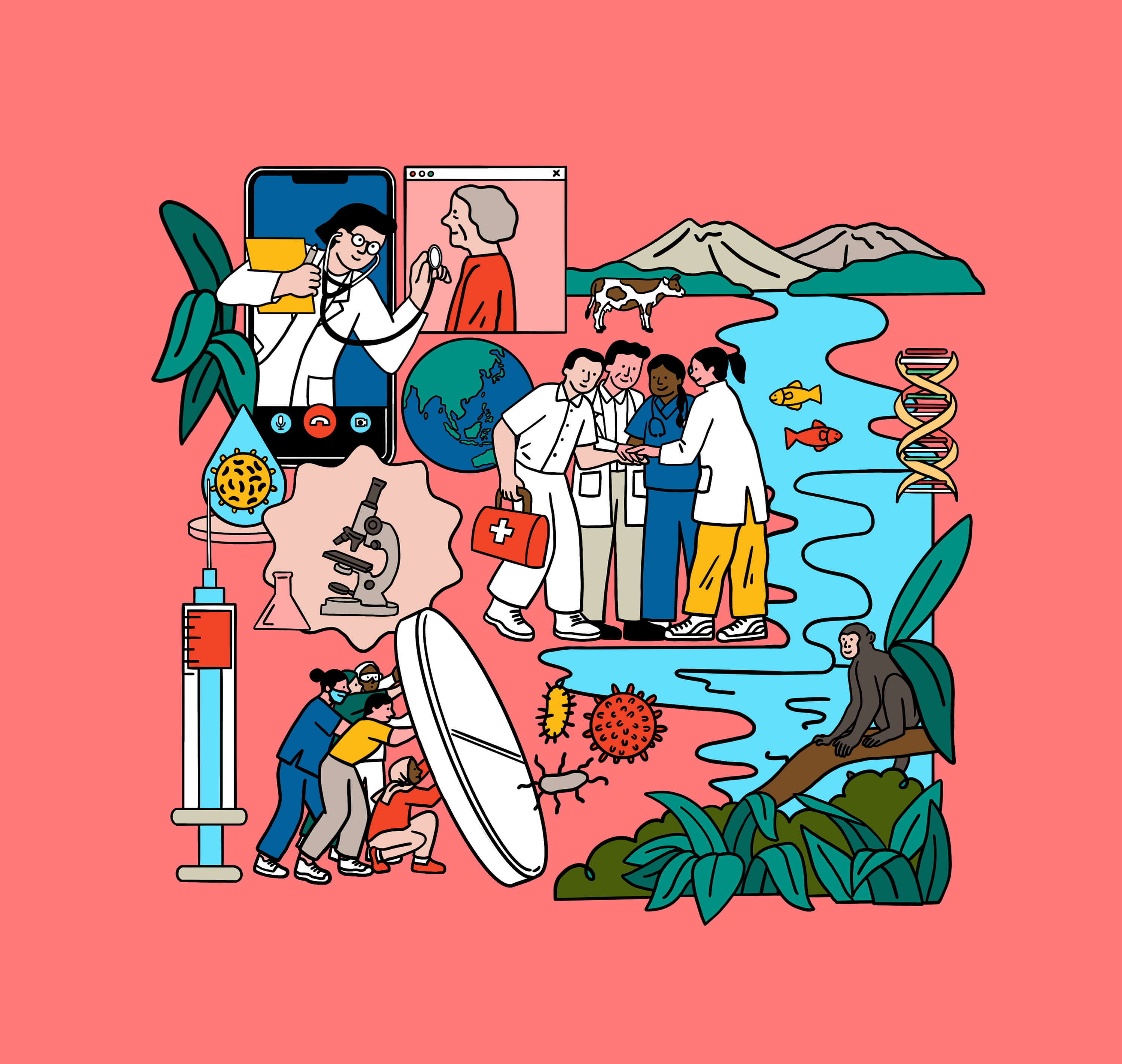



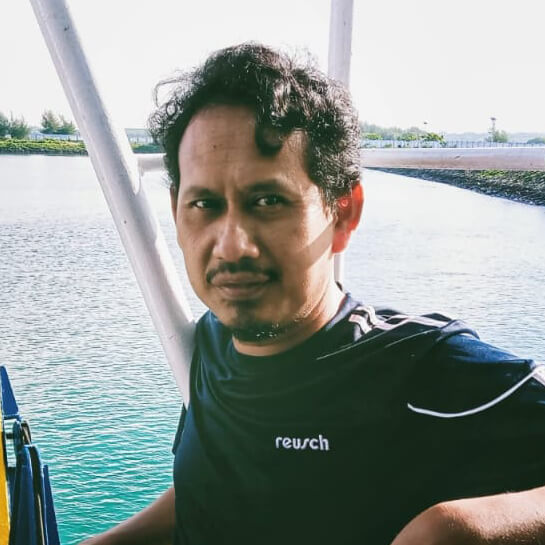
No other country in the Asia- Pacific region has more volcanoes than Indonesia. The country is home to at least 127 active volcanoes; thus, volcanic eruptions are a major threat to the archipelago.
Over the last 200 years, more than 100,000 lives have been lost to volcanic disasters. Two major eruptions are stark reminders of our losses: Tambora in 1815, resulting in 71,000 fatalities (Oppenheimer, 2003), and Krakatau in 1883 resulting in 36,000 fatalities (Self & Rampino, 1981).
While volcanoes lay dormant for extended periods, they inevitably become active again. For example, Mount Sinabung erupted in July 2019 after lying dormant for 400 years (Cummins, 2017). Meanwhile, Mount Merapi is much more active, regularly experiencing minor eruptions every 4-6 years and significantly explosive eruptions roughly every one hundred years (Surono et al., 2012).
Volcanoes and their eruptions, viewed in the context of modern disaster risk and mitigation, pose a significant threat to human well-being and development progress (de Boer & Sanders, 2002). They are also classified as natural events that cause significant damage to humans, including loss of life, economic disadvantages, and social disruptions (Perry, 2018). This perception of volcanic eruptions as “disasters” is a relatively recent development, emerging in the 18th century in Europe and the early 20th century in Indonesia, coinciding with the establishment of volcanology by colonial scientists (Triyoga, 2010).
This perception was not universal. In fact, it took the communities around Mount Merapi, especially the village’s young members, until the 1990s to accept this idea and only after the major eruption in 2010 (Nazaruddin, 2022). Before that, many locals, especially the elders, believed that eruptions were a kind of mystical ceremony held by the spirit kingdom in the unseen world in Merapi. Others believed that volcanic eruptions were an event to bring back the ecosystem into balance, which would bring a lot of advantages for local people (Nazaruddin, 2015).
The Merapi region has a long history of human-volcano relationships that is deeply rooted in this traditional paradigm. Scholars have described this as a magical-sensorial sign system, a set of knowledge and practices for sensing and interpreting nature’s signs related to volcanic activities (Nazaruddin, 2022).
We have initiated a research project, titled “Reimagining Disaster: An Interdisciplinary Exploration of Local Knowledge, Vulnerability, and Inclusivity in Merapi Region,” which aims to investigate the history of local disaster mitigation knowledge and practices within the Merapi area. We will be using a multidisciplinary approach that combines environmental history and ecosemiotics. This approach will allow us to understand what the magical and sensorial sign systems are and how the locals have practised those sign systems for centuries to sustain and develop civilisation in the landscape of volcanic eruptions.
Historicising the relationship between Mount Merapi and the surrounding community
Current disaster mitigation efforts in Indonesia mainly employ top-down, bureaucratic, and scientific approaches, often overlooking the valuable knowledge and experiences of local communities in disaster management. The recent trend in disaster studies emphasises the importance of integrating traditional, indigenous, and local knowledge and practices alongside scientific knowledge in assessing disaster risks (UNISDR, 2015). This trend gained momentum following the 2004 Indian Ocean Tsunami, which drew attention to how traditional knowledge played a role in saving some local communities. United Nations International Strategy for Disaster Reduction(UNISDR advocates for the inclusion of local communities, especially their older members, who possess valuable traditional knowledge, in disaster preparedness and mitigation, including early warning systems (UNISDR, 2015).
Merapi has been extremely catastrophic from a modern disaster mitigation perspective. Yet, for centuries, a large number of Javanese have lived in close proximity to Mount Merapi’s summit. A major Javanese polity, the Mataram Sultanate (present-day Ngayogyakarta Sultanate), established an economic and political centre just 30 kilometres from Mount Merapi in the early 16th century (Christie, 2015).
From a historical and anthropological perspective, the long history of the connection between Javanese people and Mount Merapi raises thought-provoking questions about the knowledge and practices that Javanese people developed to thrive as a civilisation in the presence of an extremely active volcano (Schenk, 2017).
Our research will inquire into the disaster mitigation knowledge and practices they have developed to reduce the losses from Mount Merapi’s eruptions. We will draw insights from Robert Hefner’s work on political economic changes in the Tengger Volcano area (Hefner, 1990) to understand the social, religious, and political economic changes in the Merapi region and the structural foundation of human interactions with the volcano and its eruptions.
Our long-term historical research project aims to delve into the concept of a civilisation establishing its centre around a highly active volcano, uncover cultural symbolisms and palimpsest that this created, and explore how this civilisation developed certain cultural ideas about the volcano and its eruptions.
The ecosemiotic approach—signs from nature
Through an ecosemiotics approach (Maran, 2020; Nazaruddin, 2020), we intend to examine the long-standing practice of interpreting magical and sensorial signs as a means of predicting volcanic eruptions, explaining events, and guiding actions.
Before scientific and technological innovations intervened in the 1990s, communities around Merapi relied heavily on their ability to decipher wisik—signs from nature. Wisik is manifested in different forms, such as of dreams, animal behaviours, or environmental cues, all interpreted as mystical insights. Special members of the communities, the juru kunci (caretaker) or the elders, possessed special skills for interpreting these magical signs (Nazaruddin, 2015). From an ecosemiotics perspective, the ability of the juru kunci to sense and decode various signs sent by nature and their communication with the population played a crucial role in traditional mitigation practices.
Scholars in disaster management, predominantly from science and engineering backgrounds, have often questioned the validity and effectiveness of indigenous knowledge, sometimes perceiving it as inferior to scientific knowledge (Mercer et al., 2010). Some even consider indigenous knowledge as lacking documentation, backward, and superstitious, as observed by Banda (2008). We take a different perspective, viewing local mitigation practices as a human ability to develop a sensorial-environmental sign system. Instead of dismissing wisik as superstitious, we view it as an intangible cultural heritage linked to Javanese disaster prediction and mitigation.
Our research does not aim to prove the effectiveness of traditional mitigation techniques over modern ones. Rather, we aspire to learn from the successes and failures of past mitigation techniques to help improve future mitigation systems. Furthermore, we encourage the current government agency responsible for disaster management to incorporate some effective traditional techniques into their initiatives.
Converging modern and traditional approaches
Why is converging modern and traditional approaches important for improving future disaster mitigation? First, as Lotman (2019) suggests, no culture can be entirely mythological or scientific. In the context of Mount Merapi, while modern volcanology approaches incorporating seismic observation and geochemistry technology have been developed since the Dutch colonial period, it was only in the 1990s that the local population around Merapi began to understand and accept the government’s disaster mitigation plans. Even during the major eruption in 2010, a significant portion of the population still relied on the magical sign system and rejected the government’s plans, resulting in some chaotic moments during mitigation efforts. Today, while most of the population has fully embraced modern scientific approaches, they still maintain their belief in wisik.
Second, convergence is already occurring within the Merapi region. In an interview with one of the mitigation practitioners in 2021, there was strong indication that the magical or sensorial-environmental sign system coexists with the government’s scientific and mechanistic system, with the local population following both. The cooperation is so strong that even the government mitigation agency (BPPTKG) often consults with locals. The informant recalled, “when they observe certain signals from the volcano, they often ask us, the locals, whether we have noticed those signals or not” (Nazaruddin, 2022). There is already evidence that authorities and community stakeholders can effectively harness the strengths of both modern scientific techniques and traditional knowledge in disaster management.
The views and opinions expressed in this article belong solely to the authors and do not reflect the official policy or position of ASEAN.




